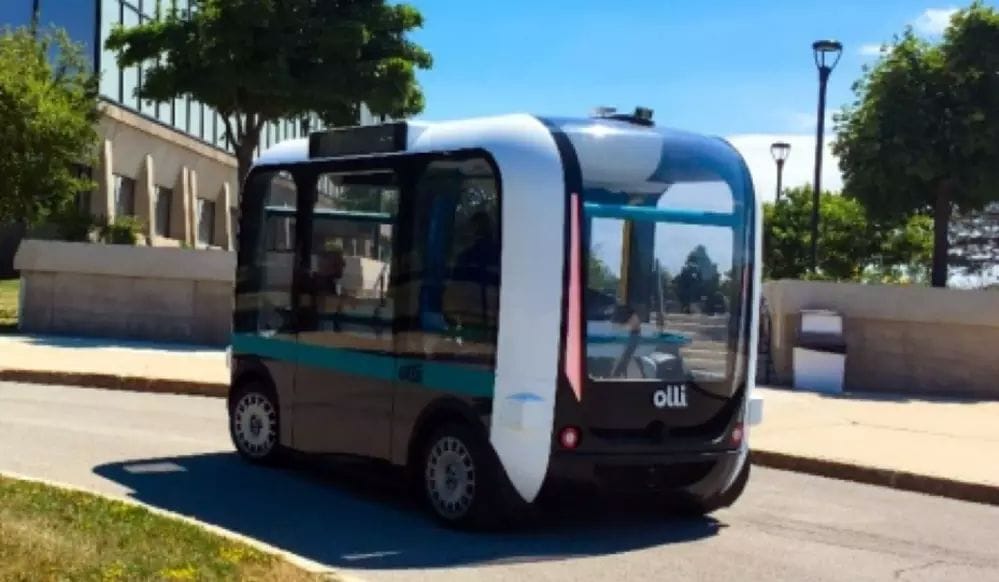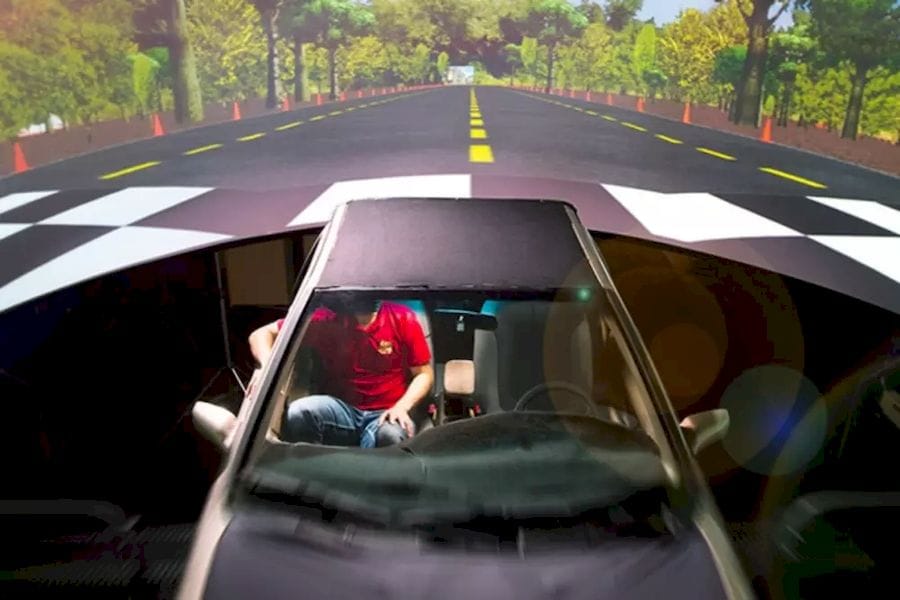
Local Motors, a subsidiary of the recently established LM Industries, has officially delivered Olli, its 3D-printed electric vehicle (EV), to the University of Buffalo (UB), where it will become a part of the school’s program for studying autonomous and connected vehicles.
The self-driving electric shuttle was unveiled at the Fourth Annual Symposium on Transportation Informatics at UB, where attendees converged to advance the state of transportation technology.
UB received a $1.2 million National Science Foundation grant in 2016 for research into self-driving and connected cars, which the school matched with $500,000. The funds were meant to boost UB’s already extensive research into transportation and computer science and engineering. This includes a project that connects driving, traffic and wireless networking simulators for the purposes of testing connected and autonomous vehicles.
Now, with the help of grants from the New York State Energy and Research Development Authority (NYSERDA) and New York’s Department of Transportation (NYSDOT), UB has purchased Olli. NYSERDA and NYSDOT are co-managing the Olli Project in an effort to support a New York City goal of reducing greenhouse gas emissions by 40 percent by 2030, which can be contrasted to clean energy goals like those of Denver, which aims for 100 percent renewable electricity by 2030.

Olli will feel at home in UB, where it will bring its own unique features to the table. The shuttle is made of a large number of 3D-printed components, including the fenders and much of the interior, fabricating using Big Area Additive Manufacturing systems from Cincinnati Incorporated.
Read more at ENGINEERING.com











Charles Goulding and Preeti Sulibhavi consider how two prominent automotive firms, Ferrari and Ford, are using 3D printing.